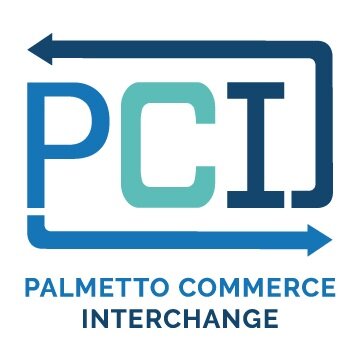13 of 26
There are three mandatory factors that must be met for a noise abatement measure to be considered reasonable.
Noise reduction design goal – The first factor is that the barrier must provide at least an 8 decibel reduction for 80% of the benefited receivers.
If the barrier wall does not meet the noise reduction design goal, the barrier wall is considered not reasonable to construct.Cost – If the barrier wall meets the noise reduction design goal, we then consider cost-effectiveness. A preliminary construction cost estimate is prepared for the proposed noise barrier. The cost is based on a $35 per square foot cost which is dictated by SCDOT’s Noise Abatement Policy. This total cost is then divided by the number of benefited receptors. If the cost per benefited receptor is less than $30,000 then a project-specific cost estimate should be prepared. This cost estimate takes into account the actual cost of the noise barrier construction including such factors as drainage and utility relocations, if needed.
If the project specific cost estimate exceeds the maximum $30,000 cost per benefited receiver, the barrier wall is considered not reasonable to construct.Public Input – If the barrier wall meets the first two reasonableness factors, the next step is to reach out to all the benefited receptors and document their position on whether they want or do not want the noise wall. Both owners and renters are able to provide their vote. At least 50% of the benefited receptors must vote in favor of the noise wall for it to be constructed.
In order for a noise barrier to be constructed, it must be considered both feasible and reasonable.



